The Palacio de los Deportes is worthy of mention here for so many reasons, they can be hard to count. Among the best loved and best attended arenas in the city, this Sports Palace hosts concerts, trade fairs, and exhibitions, in addition to the many sports for which it’s named. It’s also among only the most notable of architectural works by the Spanish architect, Félix Candela. Along with Antonio Peyri and Enrique Castañeda Tamborell, the Palacio was built for the 1968 Olympics. It’s been a legacy work for the city ever since.
With a capacity of just 17,800 seats, it’s nearly always full. As the crown jewel of the Magdalena Mixiuhca Sports City, it’s also visible from a huge swath of the east side of the City.
Construction began in October of 1966. It was completed just a month before the Olympics opened in 1968. Tested for earthquakes and wind gusts, an magazine from the USA called it “The Palace of a Thousand Suns” for the domes continual, spectacular reflection of the sun.
Candela, a master of geometry, based his architectural design on the paraboloid and hyperbolic geometry for which he remains famous. He evaluated both the artistic and the cost-saving aspects of these designs in multiple projects in Mexico City, and all over Mexico. The palace roof is actually covered with copper which is lightweight and allows the interior to reach its giant proportions without columns.
The floor plan is circular, and the geodesic dome spans 380 feet and covers about 6.7 hectares. Upon opening the facility was set up for boxing, wrestling, weightlifting, fencing. But tournaments of volleyball, basketball, ice hockey, and equestrian events could all take place within. A sculpture outside, the Osa Major was made by Mathias Goeritz.
Arriving to the Palacio de los deportes is easy, from Metro Ciudad Deportiva, or Metro Velódromo.
 mrodriguez@cie.com.mx
mrodriguez@cie.com.mx
 55 4743 1100
55 4743 1100
 https://www.ticketmaster.com.mx/palacio-de-los-deportes-boletos-mexico/venue/163842
https://www.ticketmaster.com.mx/palacio-de-los-deportes-boletos-mexico/venue/163842
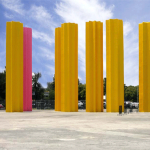
Nearest at 0.23 kms.
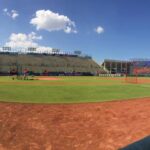
Nearest at 0.45 kms.
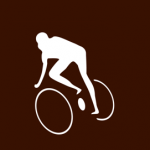
Nearest at 0.48 kms.
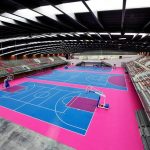
One of Mexico City's biggest indoor sports arenas . . .
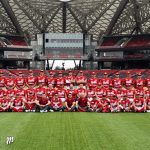
80 years of Diablos Rojos history in one fascinating museum.

Goeritz' tribute to the Big Dipper...
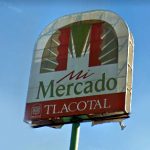
One of Iztacalco's classic neighborhood markets...
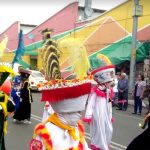
The biggest of Iztacalco's public markets...